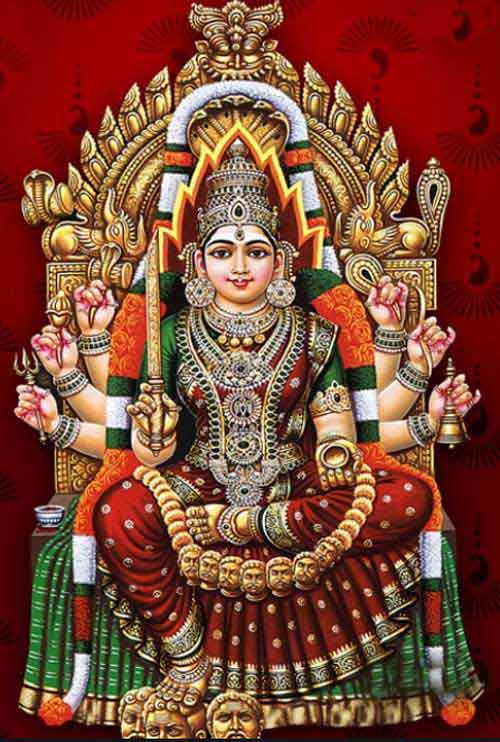

Some continue to use an old village custom of worship by offering chickens and goats to the deity, though the animals are no longer sacrificed but sold after being offered. Rituals such as fire walking and mouth or nose piercing are also practised.Īt the Samayapuram Mariamman Temple in Samayapuram, the Hindu system of worship is still seen today for the worship of Mariyamman, which involves a ten-day festival organized by temple authorities during the second week in April. Offerings such as pongal and koozh that are cooked using earthen pots are also made during the festive season. The worshiping methods are often accompanied by various kinds of folk dancing. In the Sangam literature, there is an elaborate description of the rites performed by the Kurava priestess in the shrine Palamutircholai. The temples of the Sangam days, mainly of Madurai, seem to have had priestesses to the deity, which also appear predominantly as goddesses. The cult of the mother goddess is treated as an indication of a society which venerated femininity.

She was worshipped by the ancient Tamils as the bringer of rain and thus also the bringer of prosperity, since the abundance of their crops was dependent largely upon adequate rainfall. The word Mari (pronunciation: /mɒri/) has a Sangam Tamil origin meaning "Rain" and the Tamil word Amman means "Mother". Māri was later associated with Hindu goddesses like Parvati, Kali and Durga as well as with her North Indian counterpart Shitala Devi and Eastern Indian counterpart Olai Chandi and western Indian counterpart of Mogal mata. She is the main Tamil mother goddess, predominant in the rural areas of South India. Mariamman's worship probably originated in pre-Vedic India. Mariamman embedded in a trident, 1st century, Chola period, Tamil Nadu, India


 0 kommentar(er)
0 kommentar(er)
